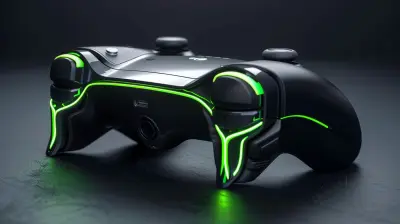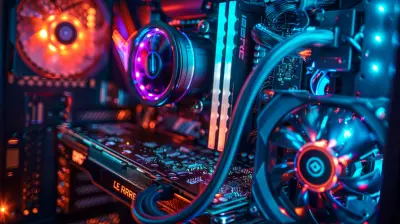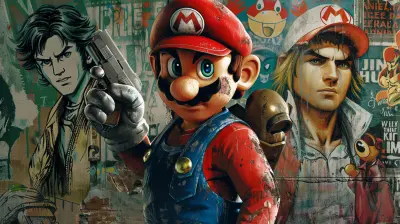The Role of Microtransactions in Free-to-Play Games
28 October 2025
Let’s be real for a second—if you’ve played any mobile or online game in the past decade, you’ve definitely bumped into microtransactions. Whether it was a shiny skin for your favorite character, an energy refill so you could keep playing, or a loot box that promised epic loot—you’ve seen ’em all.
Microtransactions have become the beating heart of free-to-play (F2P) games. But here’s the big question: are they a necessary evil, a clever way to fund games, or just a cash grab?
In this article, we’re gonna dive headfirst into the world of microtransactions in free-to-play games. We’ll unpack what they really are, why they matter, and how they’ve reshaped the gaming industry—for better or worse.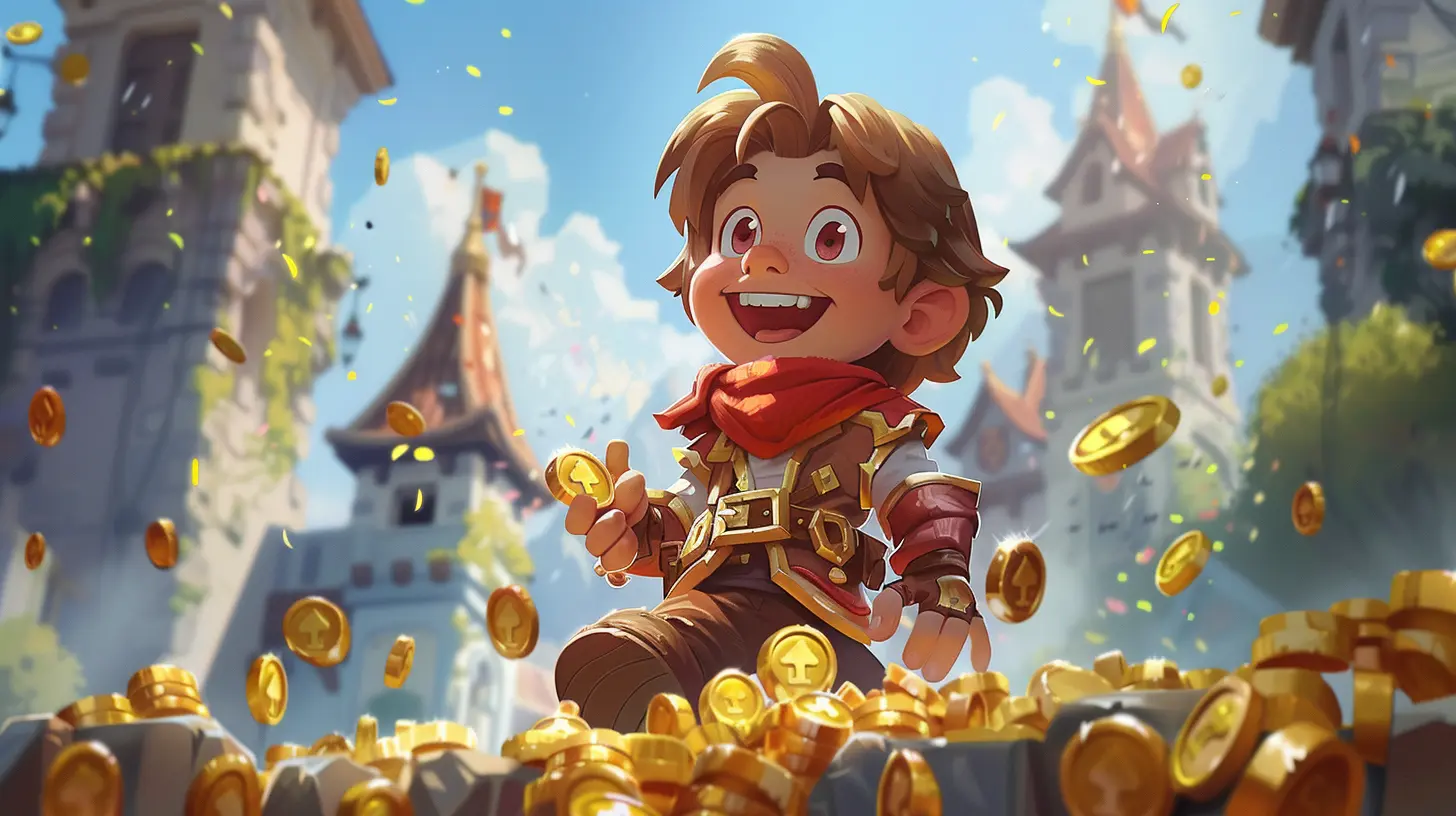
What Are Microtransactions, Anyway?
First off, let’s clear the air. Microtransactions are small in-game purchases. They cost real money, but usually in bite-sized chunks—think $0.99 for a bundle of coins or maybe $4.99 for a limited-time bundle.You’ll find them in:
- Mobile games (Candy Crush, anyone?)
- Online multiplayer titles (Fortnite, Apex Legends)
- Even single-player experiences (hello, extra XP boosts!)
And though they’re “micro” in price, they can add up fast—both in terms of revenue and player frustration.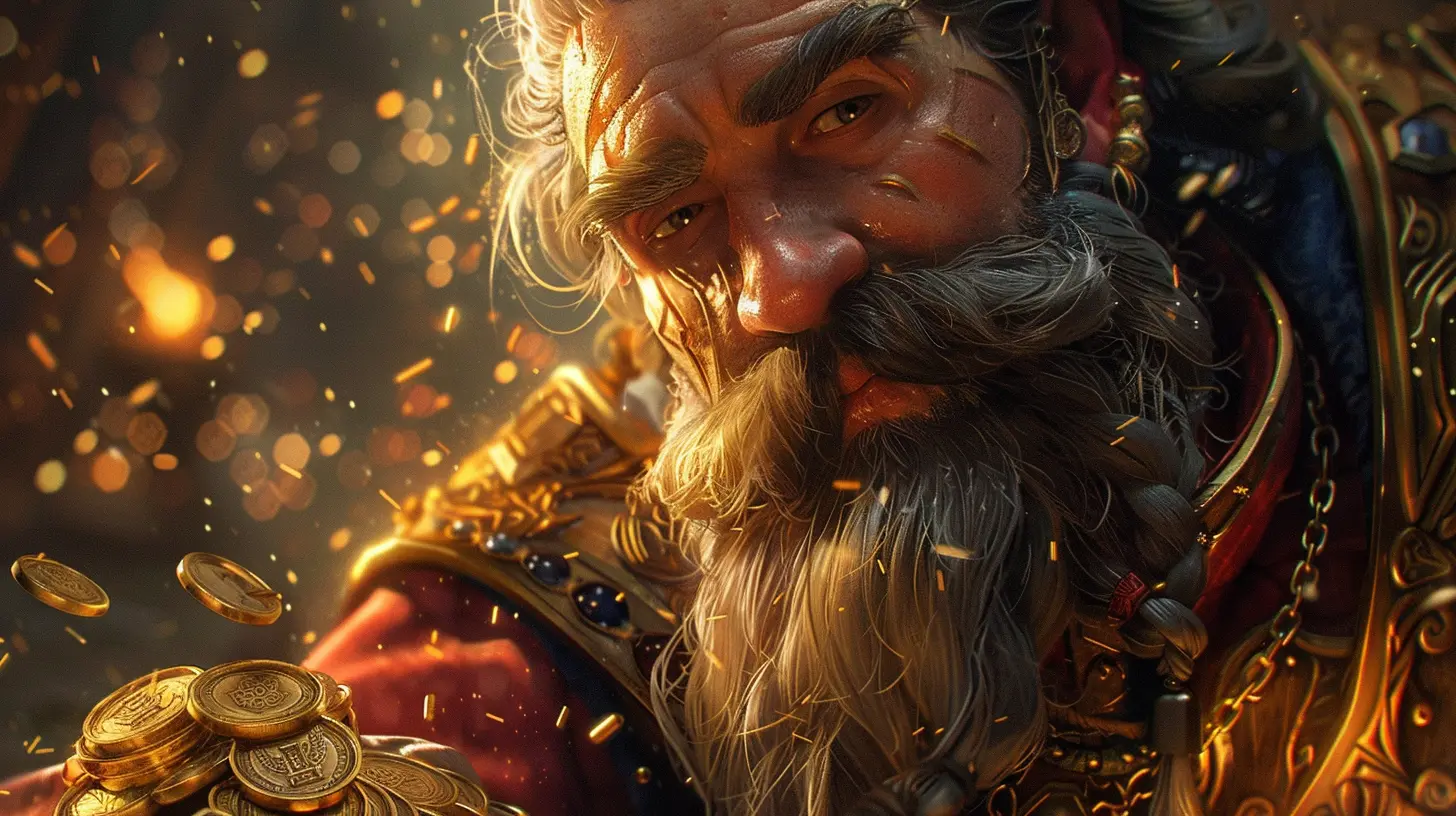
Why Free-to-Play Games Rely On Microtransactions
Now you might be thinking, “Why do free games need my money?” Well, the truth is—making a game isn’t cheap. Developers pour thousands of hours and loads of money into building fun, engaging experiences. But if they’re giving it away for free, they need to make it back somehow.Enter microtransactions.
They serve as the main revenue stream for these games. Instead of charging players $60 upfront, developers hope you’ll spend a little here and there over time.
And guess what? Some players do just that. But others spend hundreds—or even thousands—turning these games into gold mines.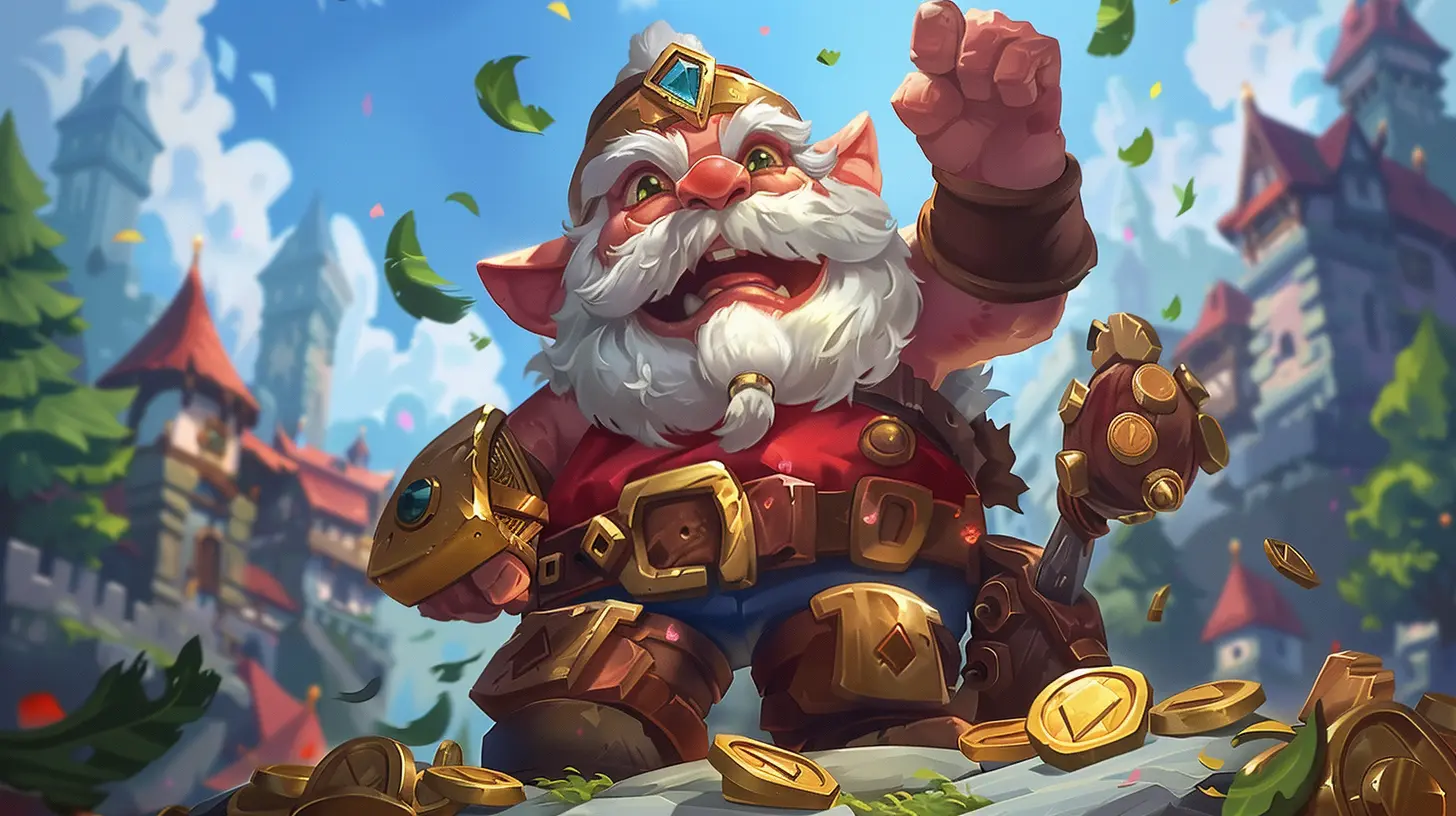
Types of Microtransactions You’ll Bump Into
All microtransactions aren’t created equal. Let’s break down a few types:1. Cosmetic Items
This is the fun stuff—skins, costumes, emotes, weapon designs. They don't affect gameplay; they just make your character look cooler.Think of it like buying clothes for your digital self.
2. Pay-to-Win Upgrades
Here’s where things get murky. Some games let you pay for power—stronger weapons, better stats, or faster progress. This tilts the scales in favor of paying players and can seriously mess with fairness.3. Loot Boxes
Ah, the slot machines of the gaming world. You pay for a chance to win something awesome… or something useless. It’s all randomized, and that uncertainty? It’s addicting.4. Battle Passes
A more structured way to earn rewards over time. Pay once, grind out tasks, and unlock goodies as you go. It’s popular, especially in games like Fortnite and Call of Duty.
The Psychology Behind Microtransactions
Ever wonder why these tiny purchases are so tempting?It’s not an accident. Game developers use clever psychology to keep you spending. Here’s how:
FOMO (Fear of Missing Out)
Limited-time offers and exclusive skins? Yeah, they’re designed to make you feel like you’re missing out unless you buy now.Instant Gratification
Why grind for hours when you can buy what you need in seconds? Microtransactions feed our craving for immediate rewards.Sunk Cost Fallacy
Already spent $10 on a game? You might be more likely to spend another $10, just to "get the most out of it."Games are designed to be engaging. But with microtransactions, they’re also designed to be just a little bit addicting.
The Debate: Are Microtransactions Good or Bad?
Like pineapple on pizza, microtransactions are controversial.The Good Side
- They let people play for free. Not everyone can afford to buy games, so this opens the door for more players.- They fund development. Those revenue streams keep the game alive with new content, updates, and improvements.
- They’re often optional. Many cosmetics don’t affect gameplay—just how you look.
The Dark Side
- They can be predatory. Some games are built to push players into spending, even if they don’t want to.- They hurt balance. Pay-to-win elements can ruin fair competition.
- They target kids and vulnerable players. Some don’t fully understand how much they’re spending… until it’s too late.
It’s a tightrope walk between accessibility and exploitation.
Real-Life Examples of Microtransactions in Action
Let’s look at some popular games and how they do microtransactions:Fortnite
This one’s iconic. It’s 100% free to play, but the in-game store is packed with skins, dances, and gear. None of it affects gameplay, but players happily shell out cash for style points.Genshin Impact
Gorgeous visuals, deep gameplay—and gacha mechanics. Players spend to pull characters and weapons, with odds that feel downright cruel. The game makes billions doing this.Clash of Clans
You can play without spending a dime… but you’ll wait. A lot. Spending speeds things up, offering convenience at a price.Each of these games shows a different approach. Some fair, some frustrating, all profitable.
How Microtransactions Affect Game Design
Here’s a juicy secret: microtransactions don’t just sit on the side—they impact how games are made.Developers might:
- Make progression slower to push purchases.
- Add paywalls to block content.
- Use addictive mechanics (like streaks or timers) to keep you checking in—and spending.
Games used to be designed for fun. Now, some are designed around wallets.
But hey, that’s not always a bad thing. Many studios use microtransactions responsibly, balancing engagement with monetization.
Government and Industry Response
With rising concerns, governments are stepping in.Countries like Belgium have banned loot boxes, calling them a form of gambling. Others are considering laws to protect young players.
Meanwhile, gaming companies are getting a bit more cautious. Some are adding spending caps, clearer labels, or “odds disclosures” to show your chances of winning.
It’s a start, but there’s still a long way to go.
Tips to Avoid Overspending on Microtransactions
Not trying to be your mom here, but a little advice never hurts:1. Set a budget. Decide what you’re cool with spending each month—and stick to it.
2. Turn off in-app purchases. Especially if you’ve got kids using your device.
3. Watch for the signs. If you’re buying stuff just to keep playing or feel left out, take a breath.
4. Ask yourself: "Do I really need this?" That sword skin isn’t gonna boost your KD.
Remember, games are meant to be fun. If the spending starts stressing you out, it’s okay to take a break.
What’s the Future of Microtransactions?
Like them or hate them, microtransactions aren’t going anywhere. But they might evolve.We’re seeing a shift toward more transparency and fairness. Players are pushing back, and developers are listening—sometimes.
Battle passes, cosmetic-only items, and honest monetization models are gaining traction. And honestly? That’s a win-win.
As gamers, we have power. Our feedback, our spending habits—they shape the industry. So let’s use that power wisely.
Final Thoughts
Microtransactions have flipped the gaming world on its head. They’ve made games more accessible, kept developers afloat, and opened new creative doors. But they’ve also introduced real concerns—about fairness, addiction, and ethics.The key is balance. When done right, microtransactions can support great games and happy players. When abused, they turn fun into frustration.
So next time you’re tempted by that legendary loot box or fancy outfit, just ask yourself: “Is this worth it to me?”
Because at the end of the day, you’re in control. And that’s what gaming’s all about.
all images in this post were generated using AI tools
Category:
MicrotransactionsAuthor:

Lana Johnson
Discussion
rate this article
1 comments
Damon McKellar
Great article! You’ve captured the complexities of microtransactions in free-to-play games perfectly. It's important to strike a balance between monetization and player experience. Understanding both developers' needs and gamers' concerns helps foster a healthier gaming environment. Looking forward to more discussions on this topic!
October 28, 2025 at 4:57 AM

Lana Johnson
Thank you for your insightful comment! I appreciate your thoughts on balancing monetization and player experience. Looking forward to more discussions!
